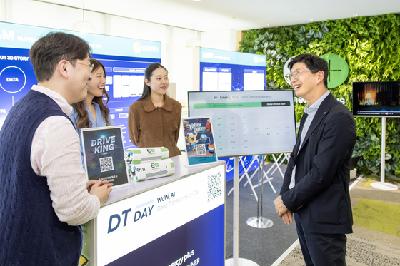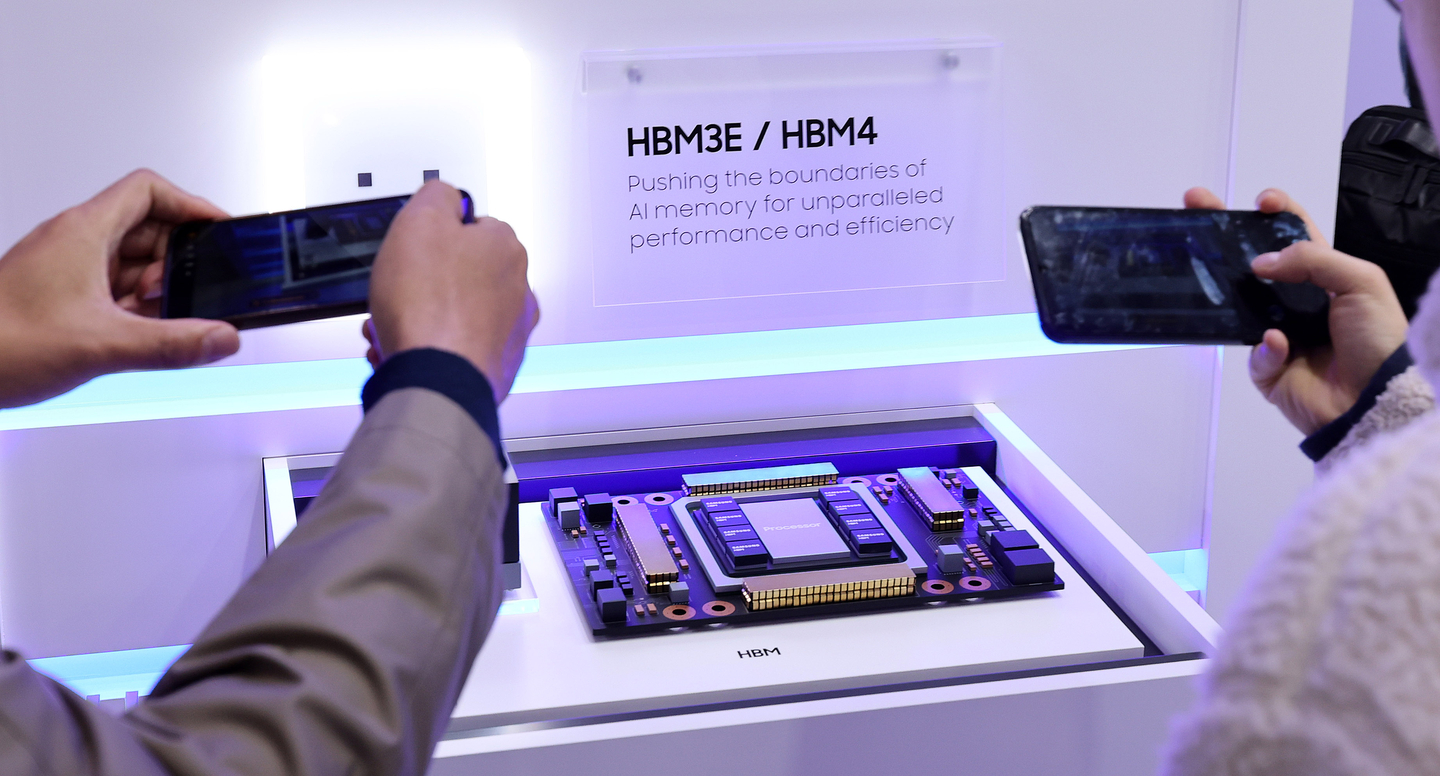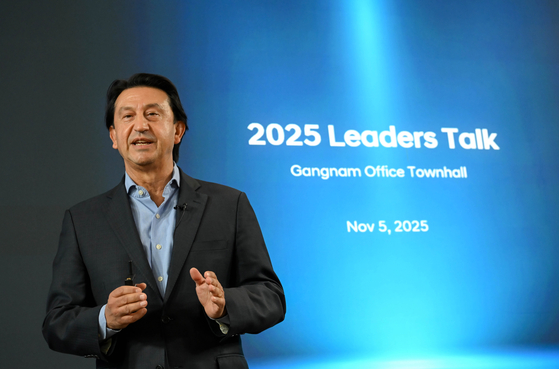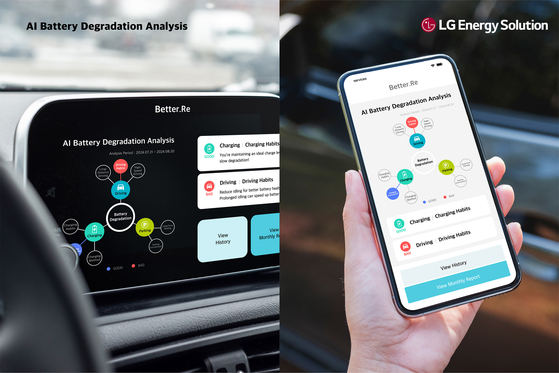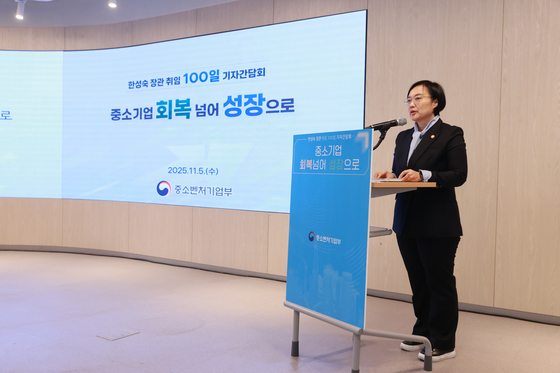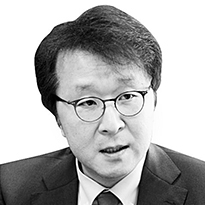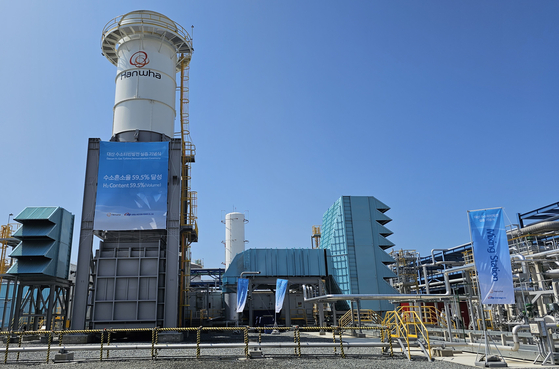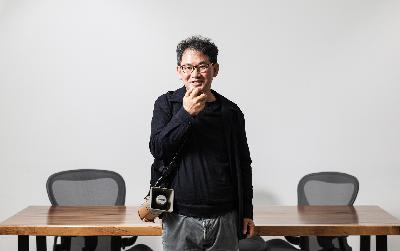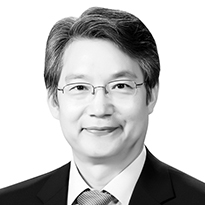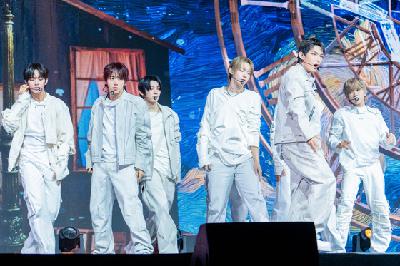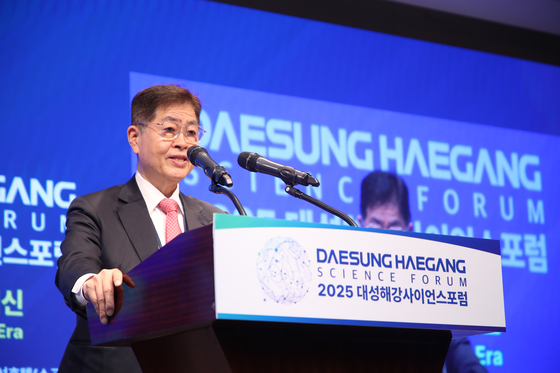GS Caltex showcases advancements in AI, digital transformation at third Deep Transformation Day
Update: 2025-11-04
Description
This article is by Kim Su-min and read by an artificial voice.
The 27th-floor lobby of GS Tower in southern Seoul bustled with more than 800 GS Caltex employees from across the country on Friday for the company's third "Deep Transformation Day," as GS Caltex showcased its innovative endeavors in accelerating its digital and AI transformation, brought to life by talented minds from across its nationwide operations, at the company's third "Deep Transformation Day" in Seoul on Friday.
The event featured 21 booths highlighting achievements under GS Caltex's digital and AI transition strategy, known as DAX - or Digital & AI Transformation.
At the Asset Plus booth, Choi Cheon, head of equipment planning at GS Caltex, introduced an all-in-one platform that manages over 800,000 pieces of machinery, gauges and piping systems.
"Previously, equipment information was scattered across individual Excel files, but now it's integrated into one optimized platform," Choi said. "We used to bring blueprints and clearance forms for every visit to a subcontractor, but now all that is handled on mobile devices and tablets."
Choi explained that tasks across the entire life cycle of equipment - from procurement and strategy to daily maintenance, preventive repairs and disposal - were once managed separately but are now connected within a single platform.
Kang Jae-min, head of digital innovation at the company's Yeosu plant, noted a significant shift in the company's approach to AI and digital transformation.
"Digital projects used to be led by the IT department, with limited input from the field," Kang said. "Now, field experts with hands-on experience lead the projects, and IT provides support. That's made it faster and more reflective of real-world needs."
Yeosu's Operations Optimization Platform, or OOP, analyzes real-time data to recommend optimal operating conditions for complex refining processes. Whereas plant operations were once adjusted based on simulations or mathematical models, AI now learns from live data and makes autonomous decisions - even in areas where installing sensors is difficult.
"For example, trying to maximize diesel output increases the risk of exceeding quality standards," Kang said. "OOP detects these thresholds and automatically adjusts operations to strike the right balance between yield and quality." AI, he added, is now doing what human operators once did by intuition - but with greater efficiency and stability.
The Yeosu complex, which spans 6 million square meters (600 hectares) - more than twice the size of Yeouido - is also monitored by 164 AI-powered CCTVs, introduced in 2022.
These systems continuously track flames, smoke and intrusions and send real-time alerts when risks are detected. Initially, the AI sometimes mistook steam emissions for smoke, but after more than two years of learning, it can now distinguish between the two with 99 percent accuracy.
GS Caltex's AI transformation has also extended to administrative work. Lee Eun-ju, head of the DX Center, said she now uses the company's in-house generative AI platform, AIU, when preparing interviews with experienced job applicants.
"Before, I had to read every resume and organize the details myself," Lee said. "Now, AIU summarizes key experience points and even suggests follow-up questions I might have missed. It has completely changed the quality of interviews."
AIU is a proprietary AI ecosystem built on GS Caltex's own generative engine. All employees can create and use job-specific AI agents, with over 100 already developed across departments, including HR, procurement, PR and refining. About 85 percent of all employees actively use the platform, and even partner companies are participating. All GS Caltex executives, including CEO Hur Sae-hong, have received training.
Since taking office in 2019, Hur has led a company-wide digital transformation and officially launched the DAX strategy this year by incorporating AI.
"AI is not just a technology - it'...
The 27th-floor lobby of GS Tower in southern Seoul bustled with more than 800 GS Caltex employees from across the country on Friday for the company's third "Deep Transformation Day," as GS Caltex showcased its innovative endeavors in accelerating its digital and AI transformation, brought to life by talented minds from across its nationwide operations, at the company's third "Deep Transformation Day" in Seoul on Friday.
The event featured 21 booths highlighting achievements under GS Caltex's digital and AI transition strategy, known as DAX - or Digital & AI Transformation.
At the Asset Plus booth, Choi Cheon, head of equipment planning at GS Caltex, introduced an all-in-one platform that manages over 800,000 pieces of machinery, gauges and piping systems.
"Previously, equipment information was scattered across individual Excel files, but now it's integrated into one optimized platform," Choi said. "We used to bring blueprints and clearance forms for every visit to a subcontractor, but now all that is handled on mobile devices and tablets."
Choi explained that tasks across the entire life cycle of equipment - from procurement and strategy to daily maintenance, preventive repairs and disposal - were once managed separately but are now connected within a single platform.
Kang Jae-min, head of digital innovation at the company's Yeosu plant, noted a significant shift in the company's approach to AI and digital transformation.
"Digital projects used to be led by the IT department, with limited input from the field," Kang said. "Now, field experts with hands-on experience lead the projects, and IT provides support. That's made it faster and more reflective of real-world needs."
Yeosu's Operations Optimization Platform, or OOP, analyzes real-time data to recommend optimal operating conditions for complex refining processes. Whereas plant operations were once adjusted based on simulations or mathematical models, AI now learns from live data and makes autonomous decisions - even in areas where installing sensors is difficult.
"For example, trying to maximize diesel output increases the risk of exceeding quality standards," Kang said. "OOP detects these thresholds and automatically adjusts operations to strike the right balance between yield and quality." AI, he added, is now doing what human operators once did by intuition - but with greater efficiency and stability.
The Yeosu complex, which spans 6 million square meters (600 hectares) - more than twice the size of Yeouido - is also monitored by 164 AI-powered CCTVs, introduced in 2022.
These systems continuously track flames, smoke and intrusions and send real-time alerts when risks are detected. Initially, the AI sometimes mistook steam emissions for smoke, but after more than two years of learning, it can now distinguish between the two with 99 percent accuracy.
GS Caltex's AI transformation has also extended to administrative work. Lee Eun-ju, head of the DX Center, said she now uses the company's in-house generative AI platform, AIU, when preparing interviews with experienced job applicants.
"Before, I had to read every resume and organize the details myself," Lee said. "Now, AIU summarizes key experience points and even suggests follow-up questions I might have missed. It has completely changed the quality of interviews."
AIU is a proprietary AI ecosystem built on GS Caltex's own generative engine. All employees can create and use job-specific AI agents, with over 100 already developed across departments, including HR, procurement, PR and refining. About 85 percent of all employees actively use the platform, and even partner companies are participating. All GS Caltex executives, including CEO Hur Sae-hong, have received training.
Since taking office in 2019, Hur has led a company-wide digital transformation and officially launched the DAX strategy this year by incorporating AI.
"AI is not just a technology - it'...
Comments
In Channel

